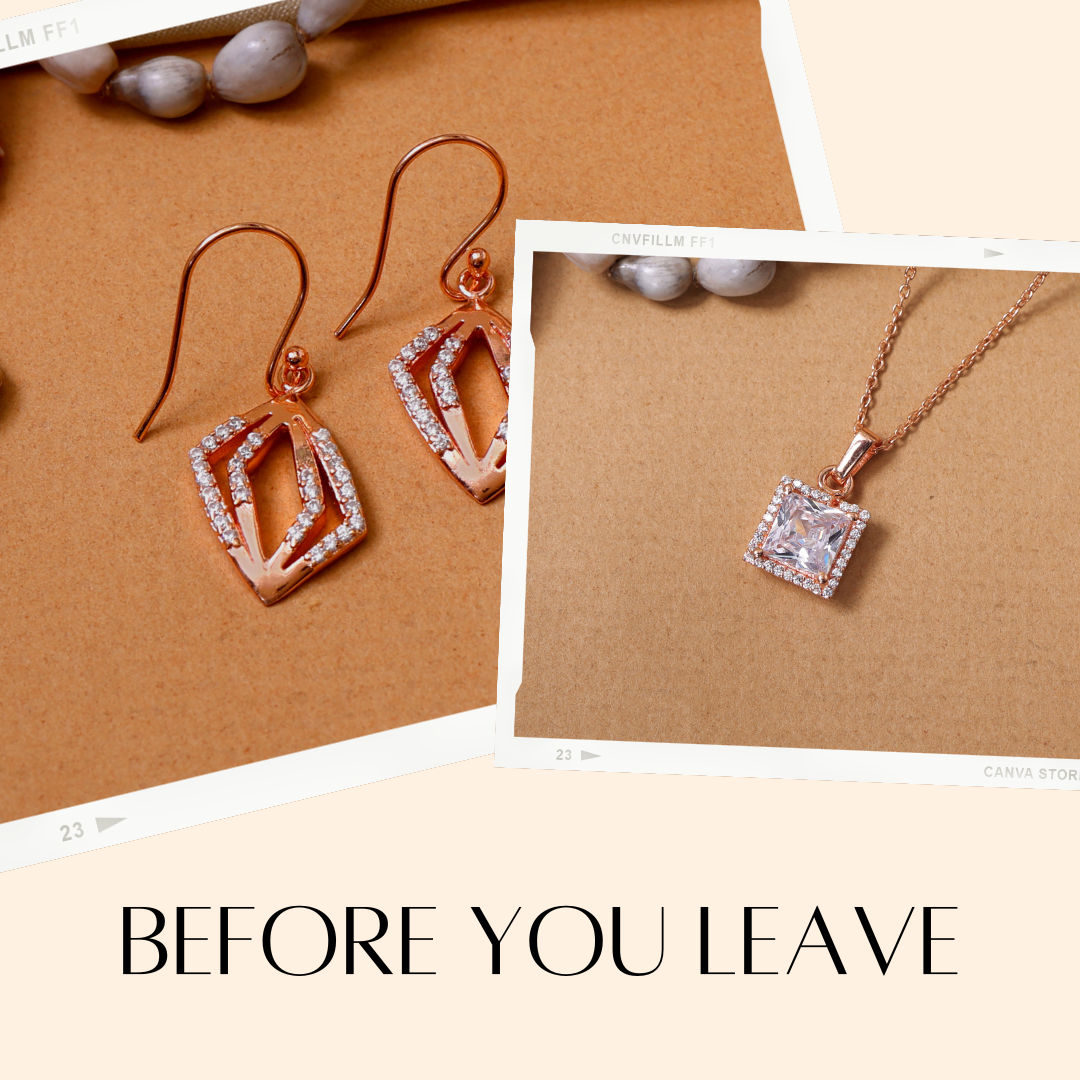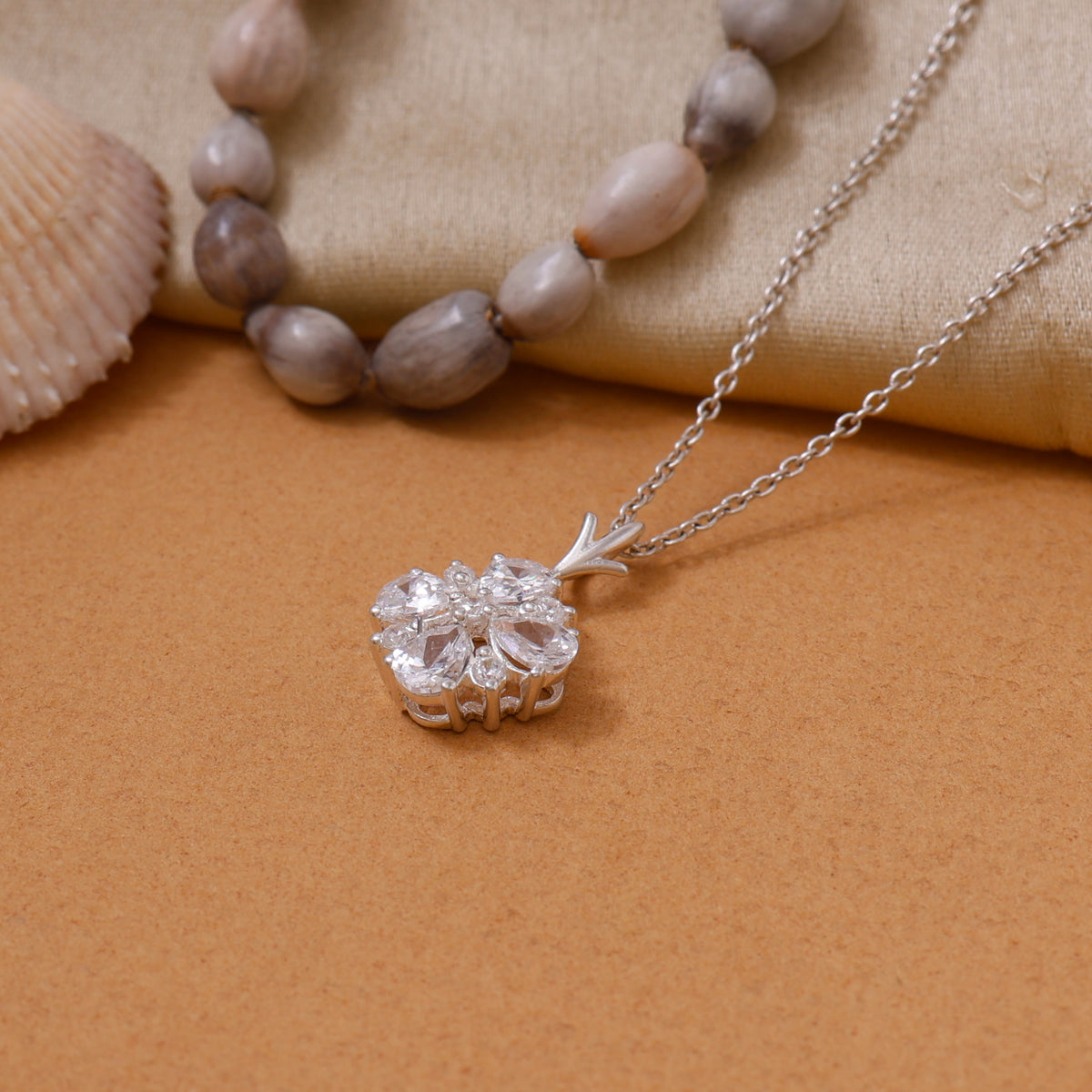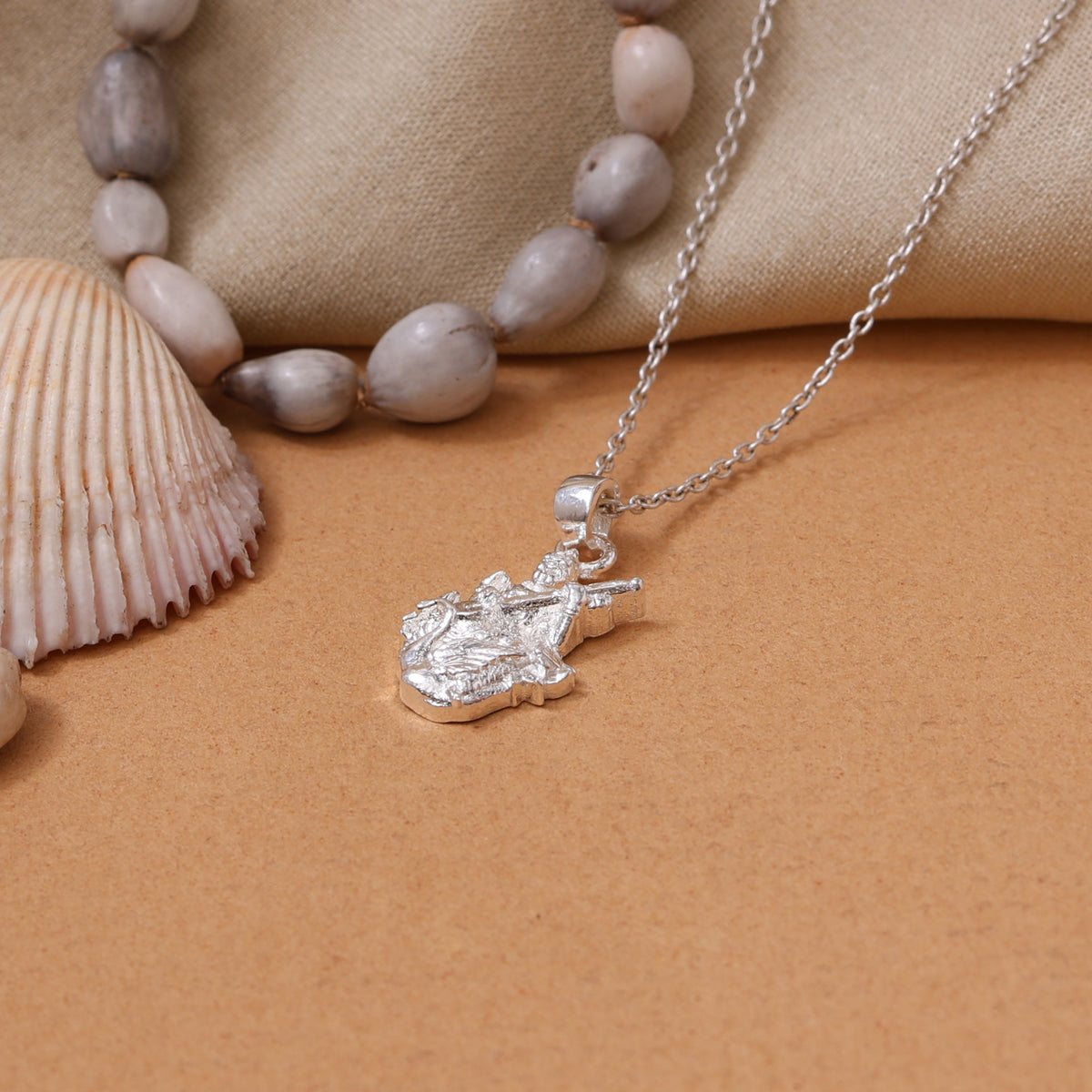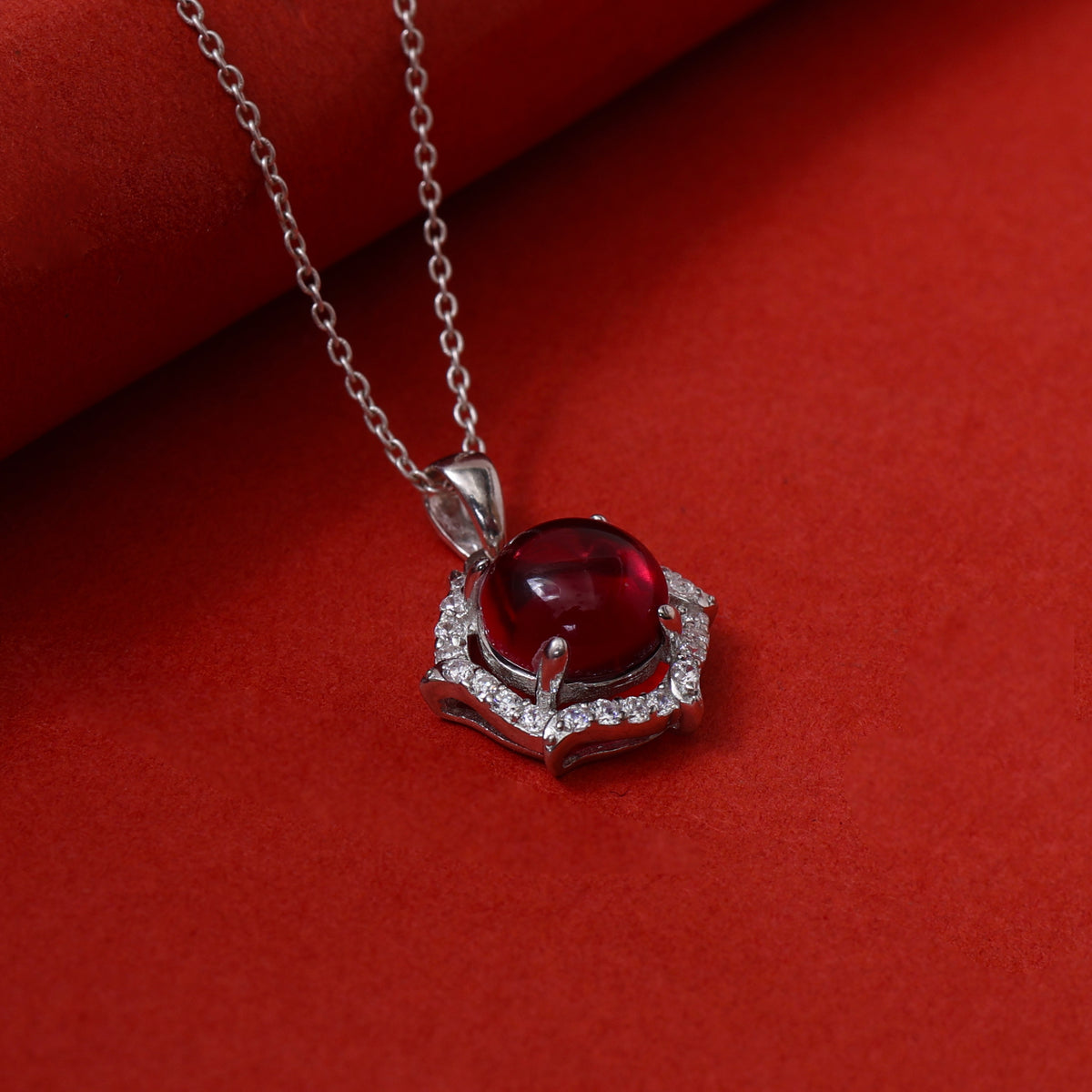The art of jewellery making has captivated humanity for centuries, with its roots deeply intertwined with our civilization’s evolution. Among the various materials that have been used throughout history, metals have held a special place due to their durability, malleability, and timeless beauty. In this exploration, we delve into the fascinating history of metal in jewellery making, tracing its origins, significance, and the innovation that has shaped contemporary styles.
The Birth of Metalworking
The story of metal in jewellery starts over 5,000 years ago, during the dawn of civilization. With the advent of metallurgy, humans discovered ways to extract metals from ores and transform them into tools, weapons, and ornaments. The earliest known use of metals for ornamental purposes occurred in ancient Mesopotamia, where jewellery often symbolized wealth and status.
The Age of Gold
Gold stands out as the first metal used extensively for jewellery. Revered for its shiny appearance and resistance to tarnish, gold was a symbol of divinity and royalty across many cultures. The Egyptians are particularly well-known for their intricate gold jewellery, which often adorned tombs and mummies, reflecting a belief in an afterlife where such riches would be enjoyed. Goldsmithing techniques pioneered by ancient artisans, such as the use of granulation and filigree, showcased an advanced understanding of metalworking art.
Silver: The Second Favorite
Following gold, silver quickly gained popularity, becoming the metal of choice among the ancient Greeks and Romans. While gold was reserved for the elite, silver made jewellery more accessible. The Greeks crafted beautifully designed pieces that reflected their culture’s love for mythology and nature. The Romans, on the other hand, favored ornate styles and included the use of gemstones, enhancing the significance of silver as a primary material in jewellery.
The Bronze Age: A Shift in Material Use
The Bronze Age marked a significant transition in the world of jewellery making, introducing the innovative use of alloys. The combination of copper and tin to create bronze led to new design possibilities and a broader range of products. As trade routes expanded, cultures experienced an exchange of techniques and ideas that enriched the art of jewellery making.
Symbolism and Status
Jewellery was often more than just decoration; it served as a powerful status symbol. In various cultures, pieces made from bronze and other mixed metals indicated wealth and power, while religious significance was also prevalent. Amulets and talismans, made from bronze or mixed metals, were thought to possess protective qualities, further solidifying the bond between metal and spirituality.
The Middle Ages: A Flourishing Era for Metal Jewellery
The Middle Ages ushered in a new era of religious art and ornamentation, where metal jewellery was primarily worn for its symbolic and protective qualities. This period saw the use of enameling, a technique that involved fusing glass to metal, creating stunning visual effects. Additionally, the intricate designs of the time often included depictions of religious icons. The church played a crucial role in jewellery making, as many pieces were commissioned for clergymen and the wealthy, representing not just personal adornment, but also piety.
Gothic Influences
The Gothic era introduced a darker and more intricate aesthetic to jewellery. The heightened emphasis on craftsmanship resulted in elaborate designs featuring motifs such as gargoyles and religious symbols. Metals like silver began to dominate the scene once again, adorned with precious gems that reflected the opulence of the time. The elegance of Gothic jewellery has made these pieces sought after even in modern times.
The Renaissance: A Revival of Beauty
The Renaissance brought about a renewed interest in the art of expression, and jewellery was no exception. With the rediscovery of classical art and culture, goldsmiths experimented with new techniques, leading to an explosion of creativity in design. The rich colors of gemstones were now complemented by intricate metalwork, and the fusion of different materials was explored.
Impact of Innovation
This period also saw the rise of new technologies that influenced jewellery making. Techniques such as engraving and the introduction of new types of gemstones enriched the aesthetic quality of jewellery. Artists began to personalize pieces to mark significant life events, indicating a shift towards individuality and emotional connections with jewellery.
The Self-Expression of the Modern Era
As we moved into the 19th and 20th centuries, jewellery began to reflect broader movements in society. The Industrial Revolution democratized jewellery making, allowing for mass production techniques to flourish. New metal alloys emerged, such as platinum, enhancing the appeal of modern jewellery. The ability to create intricate designs quickly led to a wealth of choice available to consumers.
Art Nouveau and Beyond
The Art Nouveau movement embraced the organic forms of nature, pushing the boundaries of traditional metalwork and design. Metals became a canvas for expression rather than just a means of adornment, with designs that flowed and had an almost sculptural quality. This era encouraged innovative methods, including the use of more unconventional materials alongside metals, paving the way for modern artistic jewellery and fashion trends.
Contemporary Trends in Metal Jewellery Making
Today, jewellery designers continue to explore metals like rose gold, titanium, and even recycled materials. The consciousness around sustainability has led to a renaissance of eco-friendly practices in jewellery making, with artisans paying homage to historical techniques while prioritizing environmental impact. This unique blend of tradition and innovation offers a constant evolution in style, making each piece a testament to the past and present.
Metals and Technology
The integration of technology into jewellery making has opened up new possibilities. Techniques such as 3D printing have revolutionized how designers create and experiment with metal. This shift has made bespoke jewellery more accessible, allowing consumers to personalize their pieces in ways that were previously unimaginable. The future promises to blend artistry with engineering, creating a unique landscape for jewellery enthusiasts.
Crafting Your Own Story with Metal Jewellery
The rich history of metal in jewellery making invites you to become a part of a legacy that spans millennia. As you explore the world of rings, bracelets, and necklaces, remember that these pieces are more than mere decorations; they hold stories, symbols, and sentiments. Whether you favor the simplicity of silver or the opulence of gold, each piece you choose can reflect your personality and journey.
Join Your Journey
At Art Palace, we encourage you to dive into the world of metal jewellery. Celebrate the intricate craftsmanship that has evolved through the ages and choose pieces that resonate with you on a personal level. By investing in quality jewellery, you’re not just acquiring a beautiful accessory; you’re connecting with a rich narrative that celebrates centuries of artistry and innovation.
Explore our curated collections and discover how metal can enhance your self-expression today!










Leave a comment